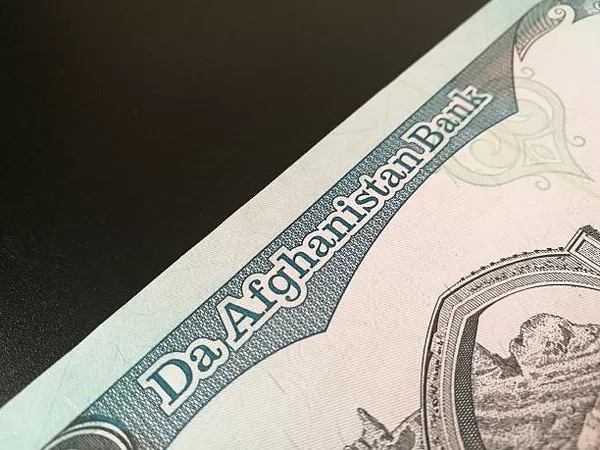In the realm of global economics, the stability of a nation’s currency is a critical factor that influences its economic growth, international trade, and overall financial well-being. Afghanistan, a country with a turbulent history and complex geopolitical dynamics, has faced numerous challenges on its path to economic stability. In recent years, questions have arisen regarding the stability of Afghanistan’s currency. This article aims to delve into the factors contributing to the stability of Afghanistan’s currency and the measures taken by the government to maintain economic equilibrium.
Historical Context
Afghanistan has experienced decades of political unrest, armed conflict, and foreign interventions, all of which have significantly impacted its economic landscape. The country has faced the challenges of rebuilding its economy after years of conflict and establishing a stable financial system. The historical context is essential in understanding the factors that have shaped Afghanistan’s current economic situation.
Government Initiatives
One of the key contributors to the stability of Afghanistan’s currency is the government’s commitment to implementing economic reforms and financial policies. In recent years, the Afghan government has taken significant steps to address fiscal issues and enhance monetary stability. These initiatives include implementing transparent and accountable fiscal policies, promoting financial inclusion, and establishing regulatory frameworks to govern the banking sector.
International Support and Aid
Afghanistan’s economy heavily relies on international aid and support. The financial assistance provided by the international community plays a crucial role in stabilizing the country’s currency and fostering economic development. International organizations, such as the International Monetary Fund (IMF) and the World Bank, have been actively involved in providing financial assistance and technical support to Afghanistan. This assistance not only injects much-needed capital into the economy but also helps in building institutional capacity and improving economic governance.
Monetary Policy
The stability of a currency is closely tied to the effectiveness of a country’s monetary policy. In Afghanistan, the central bank, Da Afghanistan Bank (DAB), plays a pivotal role in formulating and implementing monetary policies. The central bank’s primary objectives include price stability, sustainable economic growth, and maintaining the stability of the Afghan Afghani (AFN). Through tools like interest rate adjustments and open market operations, the central bank works to manage inflation and promote a stable currency.
Trade Balance and Foreign Exchange Reserves
A significant factor contributing to the stability of Afghanistan’s currency is its trade balance and foreign exchange reserves. A favorable trade balance, where exports exceed imports, contributes to the inflow of foreign currency, strengthening the national currency. Afghanistan’s government has been working on diversifying its economy and boosting exports, particularly in the agriculture and mining sectors, to improve its trade balance.
Furthermore, maintaining an adequate level of foreign exchange reserves is crucial for stabilizing the currency. Foreign exchange reserves act as a buffer against external shocks, providing the central bank with the necessary resources to intervene in the foreign exchange market and stabilize the currency when needed.
Security and Political Stability
Political stability and security are fundamental prerequisites for economic stability. In Afghanistan’s case, the persistent challenges posed by internal conflict and geopolitical uncertainties have a direct impact on the country’s economic situation. Investors and businesses are more likely to engage in economic activities when there is a stable political environment. Therefore, efforts to establish lasting peace and political stability in Afghanistan are essential for fostering economic growth and currency stability.
Challenges and Future Prospects
Despite the progress made, Afghanistan continues to face challenges that pose risks to the stability of its currency. Security concerns, political uncertainties, and the ongoing process of state-building are complex issues that require concerted efforts from the government and the international community.
Looking ahead, Afghanistan’s economic prospects are intertwined with its ability to address these challenges and implement sustainable economic reforms. Strengthening institutions, promoting good governance, and diversifying the economy are key elements in ensuring the long-term stability of Afghanistan’s currency.
Conclusion
The stability of Afghanistan’s currency is a multifaceted issue that involves a combination of domestic and international factors. Government initiatives, international support, prudent monetary policies, and efforts to enhance economic resilience all contribute to the overall stability of the Afghan Afghani. As Afghanistan navigates the complexities of post-conflict reconstruction and economic development, sustained efforts in these areas will be crucial for maintaining a stable currency and fostering long-term economic prosperity.


